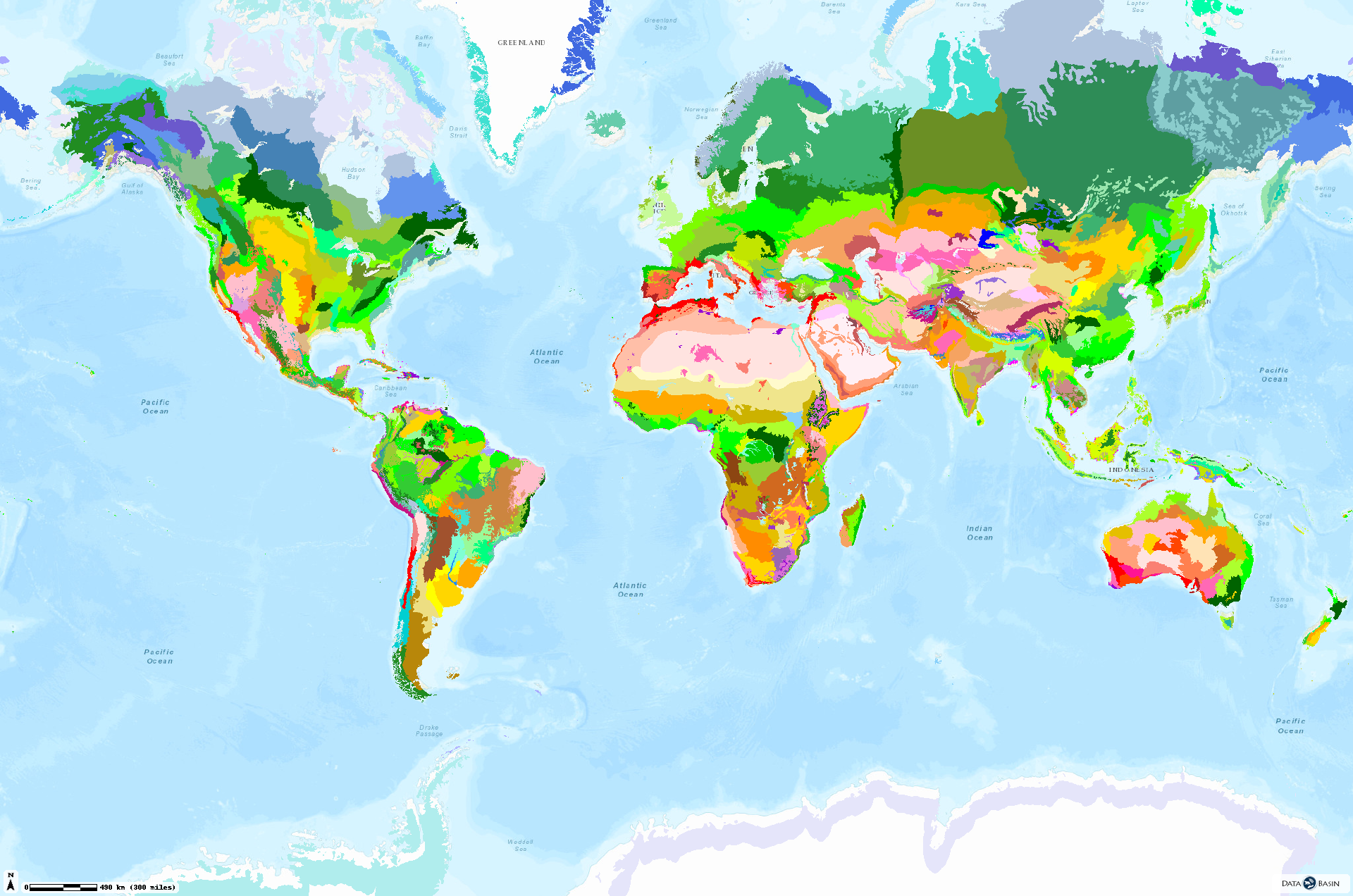"Desmanthus" is a genus in the family Fabaceae, which belongs to the order Sapindales and is commonly known as the "palm tree." It has a wide range of species with distinct characteristics, including the large, glossy leaves, oval-shaped flowers, and dark green or blue-green foliage.
Sapindales are a group of flowering plants in the family Sapindaceae, which includes several genera and species. They belong to the order Sapindales and are known for their distinctive leaves that resemble palm fronds but with shorter, more pointed ends. These plants have many common names including "saw叶" (in Mandarin) or "leafy植物".
The term "Hamatothrix" is a genus in the family Cyperaceae, which belongs to the order Sapindales. It is commonly known for its unique appearance and ability to produce large, elongated fruits called "hamots." This plant species is often used as ornamental plants due to its striking appearance.
Triaspis is a genus in the family Euphorbiaceae, which belongs to the order Sapindales, and it has been recognized as a distinct species from several other genera within this family. The genus includes three species of flowering plants that are commonly known as "spices." These include:
1. Triaspis sp., also known as the "Spanish Spice" or "The English Spice."
2. Triaspis crenata, which is a more common
Diaporthaceae are a family of plants in the order Ascomycota, which belong to the class Lecithales and order Sapindales.
The term "Erpetogon" is a genus in the family Euphorbiaceae, which belongs to the class Sapindales. This genus contains several species that are commonly known as erpetogons, meaning small tree-like plants with large leaves and flowers. The genus Erpetogon is native to tropical regions around the world, particularly China and Japan.
The term "Laubierpholoe" is a genus in the family Lauteriaceae, which belongs to the order Sapindales. This genus contains several species known for their medicinal properties and uses in traditional medicine.
Laubierpholoe are native to tropical regions from Southeast Asia to South America. They are characterized by their long, slender leaves, which have a distinctive white or yellow hue. These plants are often used as ornamental trees or shrubs due to their
Neolochmaea is a type of species of plant in the family Sapindaceae, which belongs to the order Sapindales. These plants are known for their unique, highly branched growth patterns and they often have thorny stems or leaves. They are commonly found in tropical regions and are a common source of food for many wildlife species.
Pseudoduganella is a genus of fungi in the family Pyrusaceae, which belongs to the order Sapindales and the suborder Duganales. These fungi are known for their unique appearance and function as decomposers, where they break down dead organic matter into simpler compounds like carbohydrates and amino acids.
Soesiladeepakius is a genus of plants in the family Asparagaceae that belongs to the family Sapindales and is endemic to the states of Karnataka, India.

